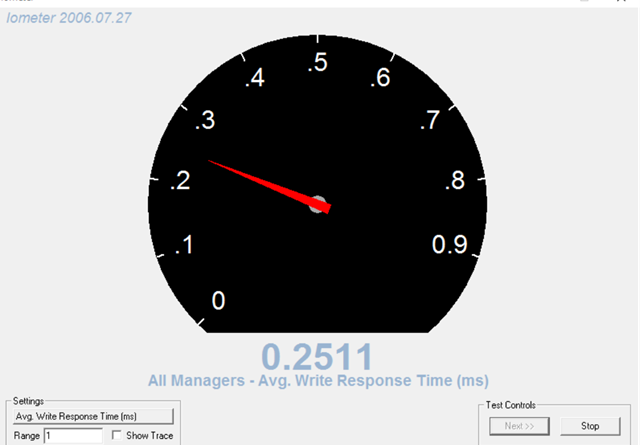Write Accelerator for M-Series virtual machines now generally available
We are excited to announce the general availability of a new feature for Azure virtual machines (VMs) called Write Accelerator! Write Accelerator is a new disk capability that offers customers sub-millisecond writes for their disks. Write Accelerator is initially supported on M-Series VMs with Azure Managed Disks and Premium Storage. Write Accelerator is recommended for workloads that require highly performant updates, such as database transaction log writes. Write Accelerator is an exclusive functionality for Azure M-series virtual machines in recognition of the performance sensitive workload that is run with these types of high-end VMs. Technical details on enablement and restrictions can be found in our documentation.
Customer benefits
Low latency, high transaction workloads – Write Accelerator, in conjunction with M-Series VMs on Managed Disks, is targeted towards database platforms that benefit from highly performant, transactional updates like SQL Server, Oracle, and SAP HANA. Write Accelerator is ideally suited where log file updates are required to persist in disk in a highly performant manner for modern databases. Write Accelerator disks offer the same reliability as Azure Premium Disks. In tests, customers reported factors of higher speed for disk writes into the performance and scalability of critical transactions and redo logs of their mission critical databases. You can also cache the Write Accelerator disks so that reads are serviced from the cache for ultra-low latencies. Here is an example of IO performance with 4k writes on an M128s VM:
Enabling Write Accelerator
Write Accelerator can be enabled through the well-known Azure interfaces:
- PowerShell
- Command-line Interface
- Azure Rest APIs
- Azure Portal
Write Accelerator needs to be applied per Azure disk. Applying Write Accelerator to a disk can be done:
- While deploying a new disk to a VM
- For a disk that is already deployed and attached to a VM
To verify that Write Accelerator is enabled for your VM disk, you can check in the disk status under Host Caching in the Azure portal as shown below.
For more details, please see our technical documentation.
Source: Azure Blog Feed


